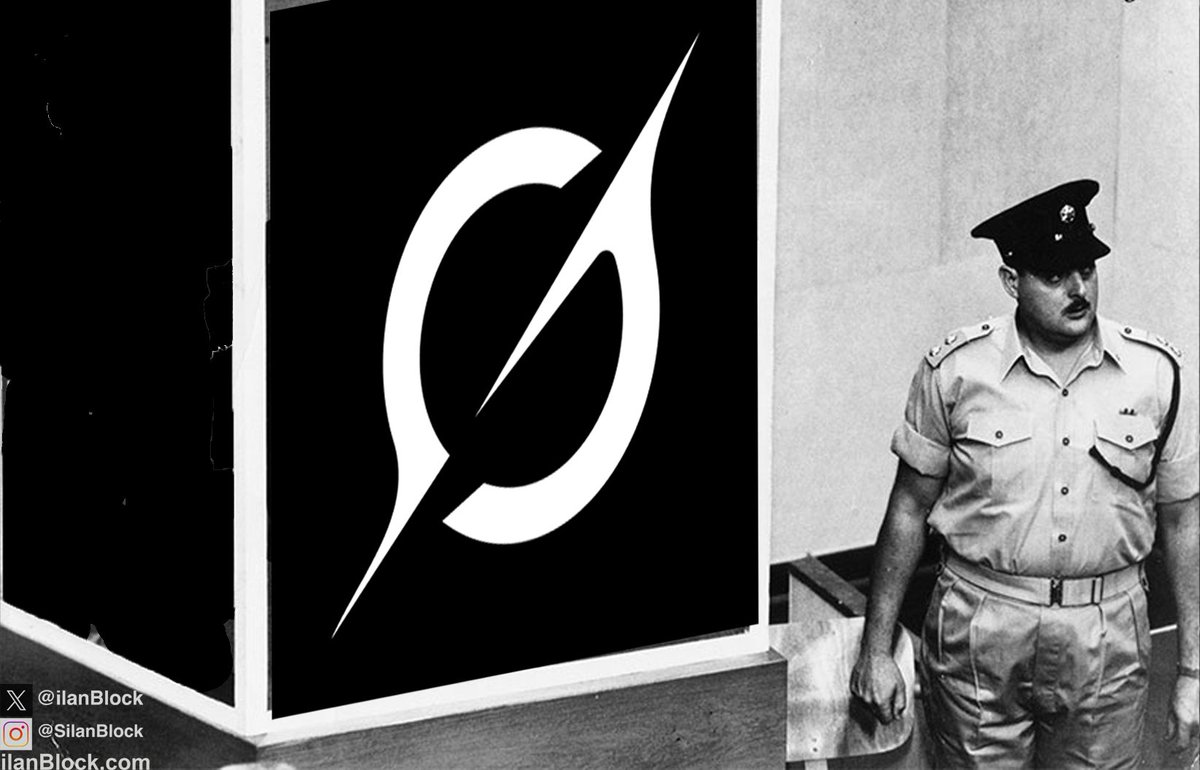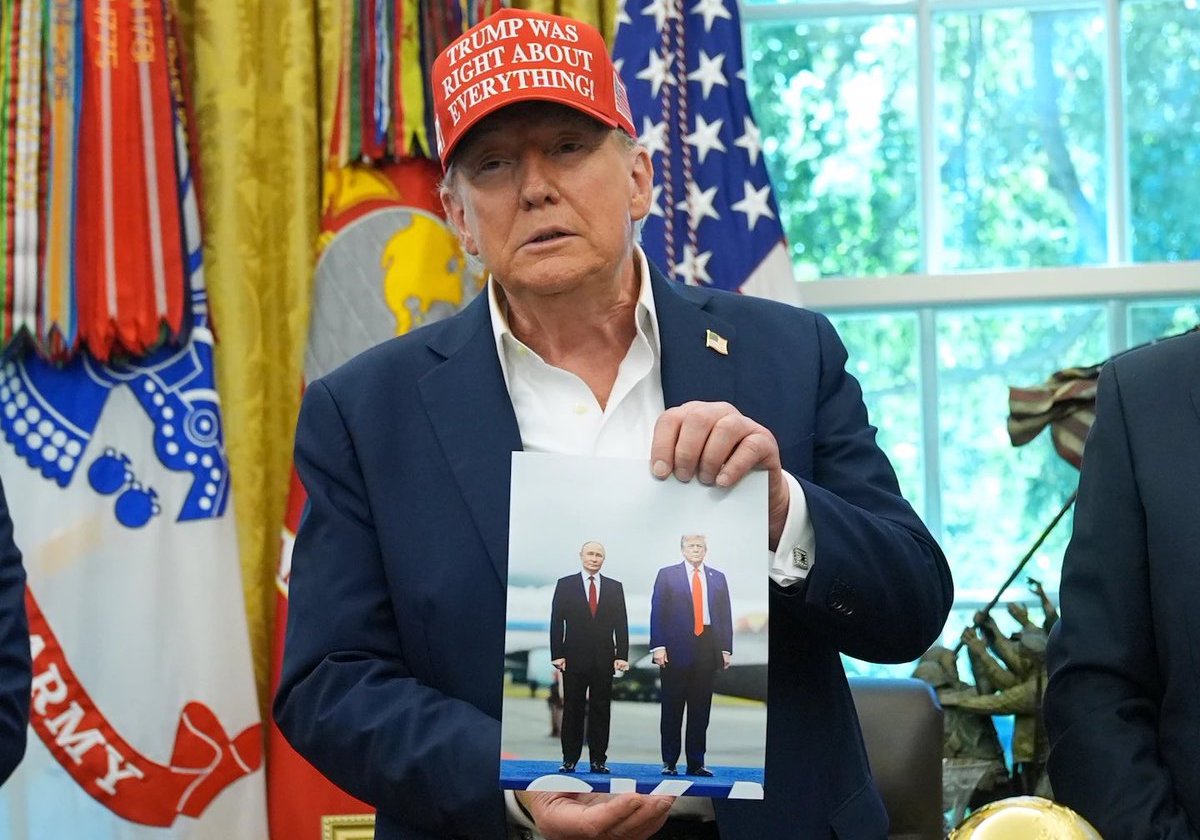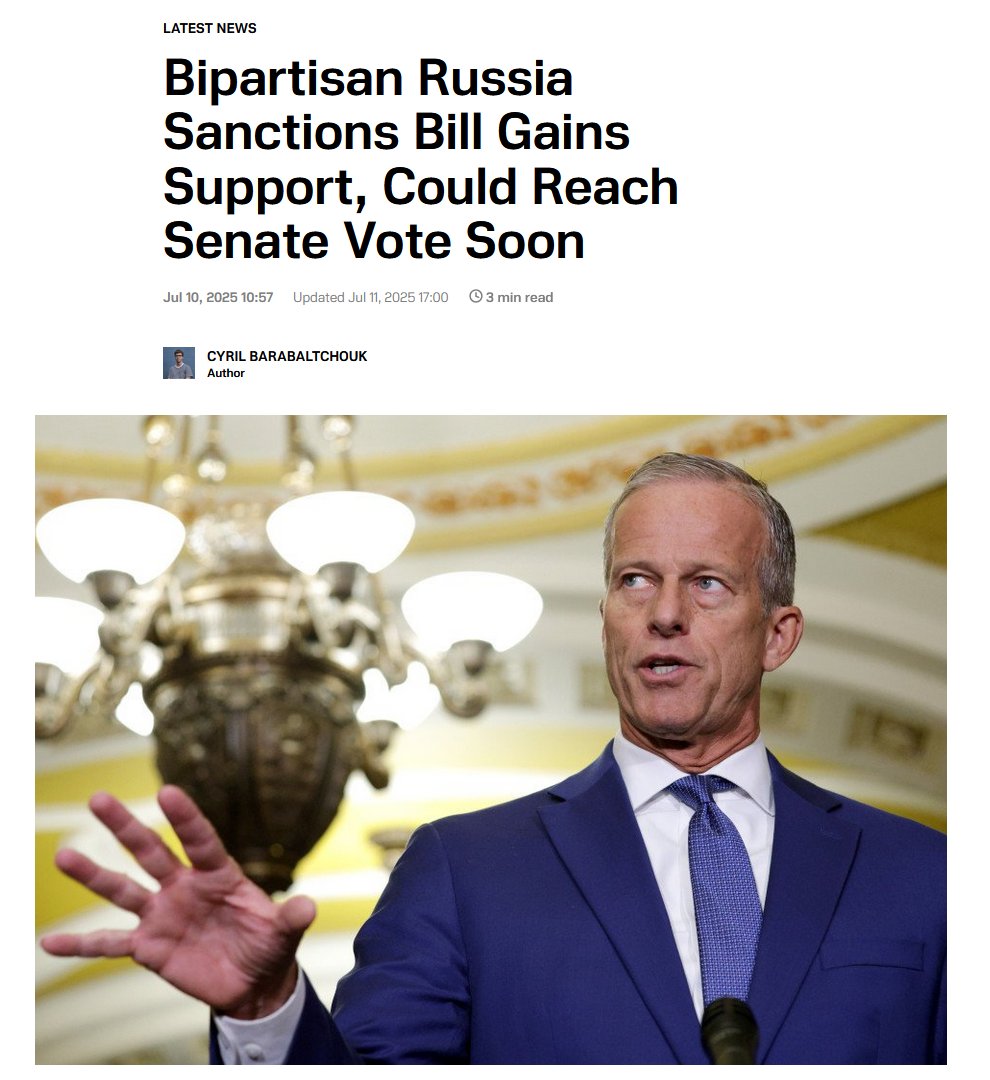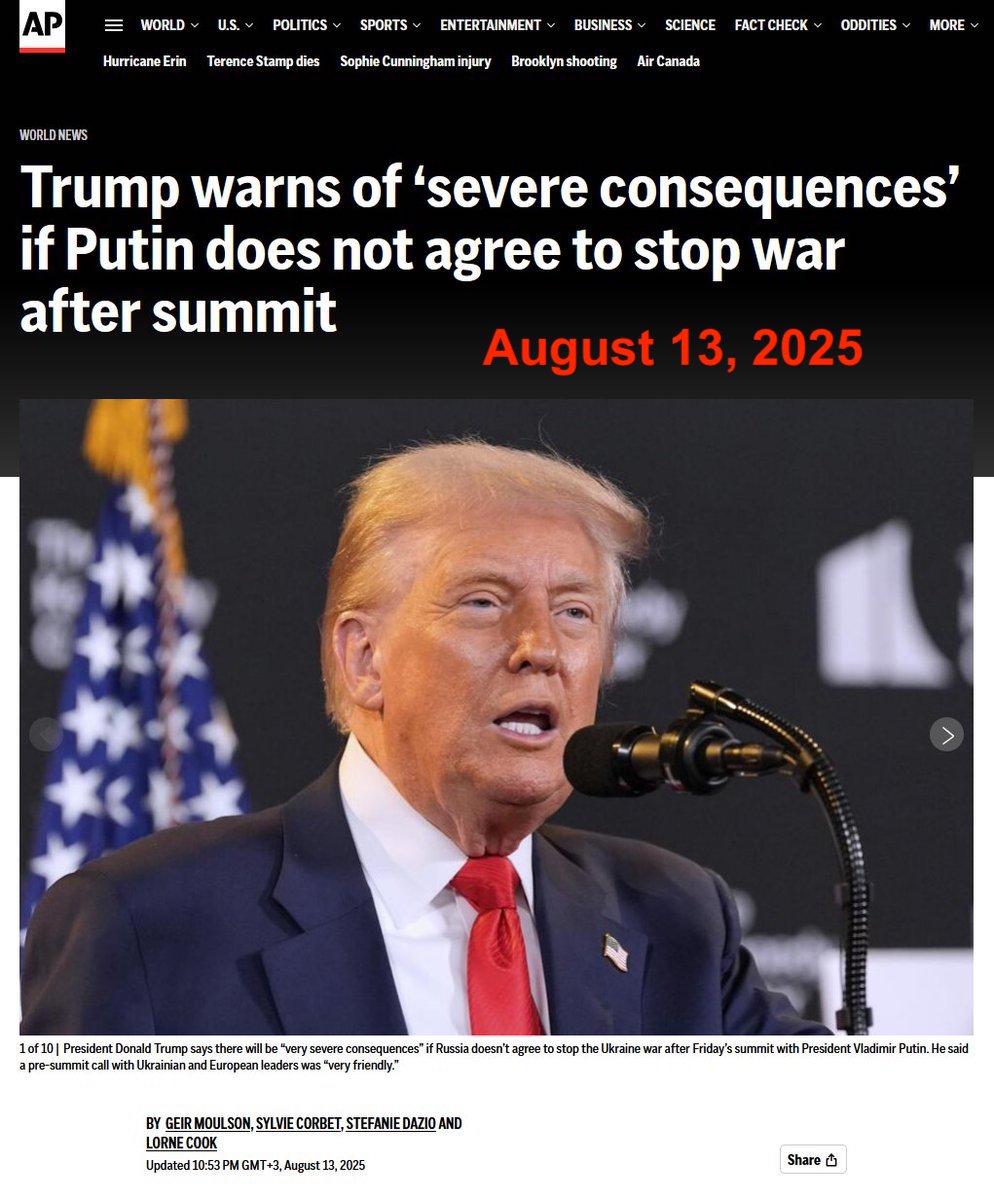In today's #vatnik soup and another edition of "You pronounced this nonsense, not me". Today we're going to talk about the "genocide in Donbas" disinformation and propaganda trope, that's been debunked many times but just refuses to die in the social media sphere.
1/12
1/12

First, let's talk a bit about what Donbas is: it's an area in the Eastern Ukraine and today refers to two Ukrainian oblasts: Donetsk and Luhansk. The area was mostly depopulated during WW2, after which Stalin brought in a ton of Russian immigrant workers, ...
2/12
2/12

... restricted the use of Ukrainian language and forced most schools to use Russian. With this move, the demographic shifted towards Russian: in 1989 census, 55% were Ukrainian and 45% Russian.
After Ukraine gained its independence in 1991, Russians started campaigning ...
3/12
After Ukraine gained its independence in 1991, Russians started campaigning ...
3/12

... that Donbas is actually part of Russia. Eventually the dispute was solved with the Memorandum of Budapest in 1994, where Ukraine gave Russia its remaining nuclear weapons and Russia agreed to respect Ukraine's 1991 borders that included Donbas and Crimea.
4/12
4/12

In 2014, after president Yanukovych's fall, Putin spat on the Memorandum by invading Crimea and supporting pro-Russian revolt in Donbas. This led to a creation of two puppet states, Donetsk and Luhansk, which were governed and planned by Russian propagandists and soldiers,...5/12 

... including Vladislav Surkov, Konstantin Malofeyev and Igor Girkin. Russia later sent their own troops, the "little green men" to reinforce the troops of these made up republics. This low-intensity war has been going on in Donbas since 2014.
6/12
6/12

The fake genocide was touted as one of the main reason for Russia's war during the early stages of the invasion. Putin spoke about "14 000 civilian deaths in Donbas" and that they were "exterminated by Ukrainian nationalists".
7/12
7/12

This number is based on data gathered by the UN, & 10 900 the deaths were actually soldiers (4400 Ukrainian, 6500 pro-Russian). Civilian victims were estimated to be 3400-3500, & many of them died in attacks by pro-Russian separatists to areas controlled by the Ukrainians.
8/12

8/12


Also, 9% of these civilian deaths came from the MH17 airplane, shot down by pro-Russian militia. et this "genocide" is reported constantly by Russia's official channels and by the fake journalists, like Eva Bartlett (@EvaKBartlett) they employ.
9/12

9/12


Yet this "genocide" is reported constantly by Russia's official channels and by the fake journalists they employ. They managed to change the number of civilian deaths from 14 000 to 4500, though. I guess even the pro-Russian bloggers have their limits on bullshit.
10/12
10/12

Putin claimed in a televised address that "The so-called civilized world... would rather ignore it as if the horrific genocide that nearly 4 million people are suffering from had never happened."
Here's a tip, Mr. Putin: leave Ukraine and the "genocide" will stop.
11/12
Here's a tip, Mr. Putin: leave Ukraine and the "genocide" will stop.
11/12
Related soups:
Vladislav Surkov:
Konstantin Malofeyev:
Igor Girkin:
12/12
Vladislav Surkov:
https://twitter.com/P_Kallioniemi/status/1593137159317655553
Konstantin Malofeyev:
https://twitter.com/P_Kallioniemi/status/1602252899341541377
Igor Girkin:
https://twitter.com/P_Kallioniemi/status/1604157682021109760
12/12
• • •
Missing some Tweet in this thread? You can try to
force a refresh























